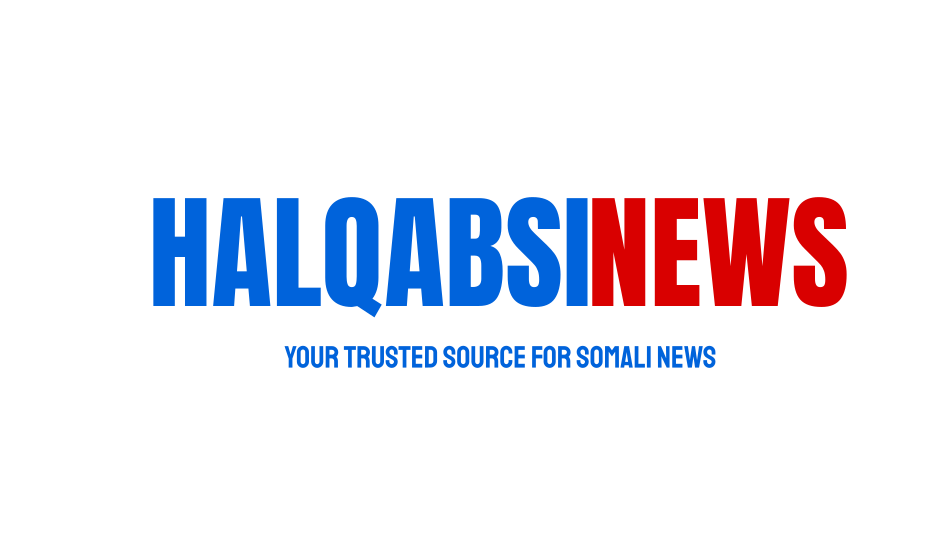(11-10-23) BAIDOA — The International Rescue Committee (IRC) has heightened its early response in the face of El Niño-induced heavy flooding, particularly in Baidoa, South Wst State, The initiative follows a flood warning predicting heavy rainfall from October through January 2024 in Somalia and neighbouring countries.
The flooding, a result of the El Niño weather phenomenon, comes on the heels of prolonged droughts and threatens to intensify the existing humanitarian crises in the region. In Baidoa, which was already grappling with hunger crises due to previous years of drought, the sudden influx of heavy rains has brought about significant disruptions. On 4 October, the floods affected 107,000 residents, with the most vulnerable being those in internally displaced (IDP) camps.
As conditions are predicted to worsen, the IRC estimates that a staggering 1.2 million people residing in riverine areas of Somalia will be impacted by further flooding. Current statistics are grim, with over 3.7 million Somalis experiencing extreme hunger. This number is projected to rise to 4.3 million between October and December 2023, in part because of the El Niño-induced floods.
In its quest to mitigate the flood’s devastation, the IRC said it plans to activate the Crisis Modifier, a project supported by the German Federal Foreign Office. The initiative focuses on providing support to flood-prone communities, especially along the Hiiraan region of Somalia, emphasising interventions that reduce the flood impact, and assisting communities affected by conflict.
Kurt Tjossem, IRC Regional Vice President for East Africa, pointed out the gravity of the situation, remarking, “After three years of devastating drought, this rainfall may initially be seen as a blessing. However, it has the potential to quickly turn into a disaster. Disrupting rainfall patterns will severely affect agriculture, rural livelihoods, and food security.”
The IRC is pressing for immediate and long-term funding to enhance the El Niño response, emphasising the dire need for prepositioned, flexible, and multi-year financing. Currently, the 2023 Humanitarian Response Plan for Somalia stands at a mere 37 per cent funding.
In addition to its emergency response, the IRC is conducting campaigns to prevent disease outbreaks, supplying essential goods, enhancing water and hygiene infrastructure, and deploying mobile health units in both Kenya and Somalia.
Halqabsi News















